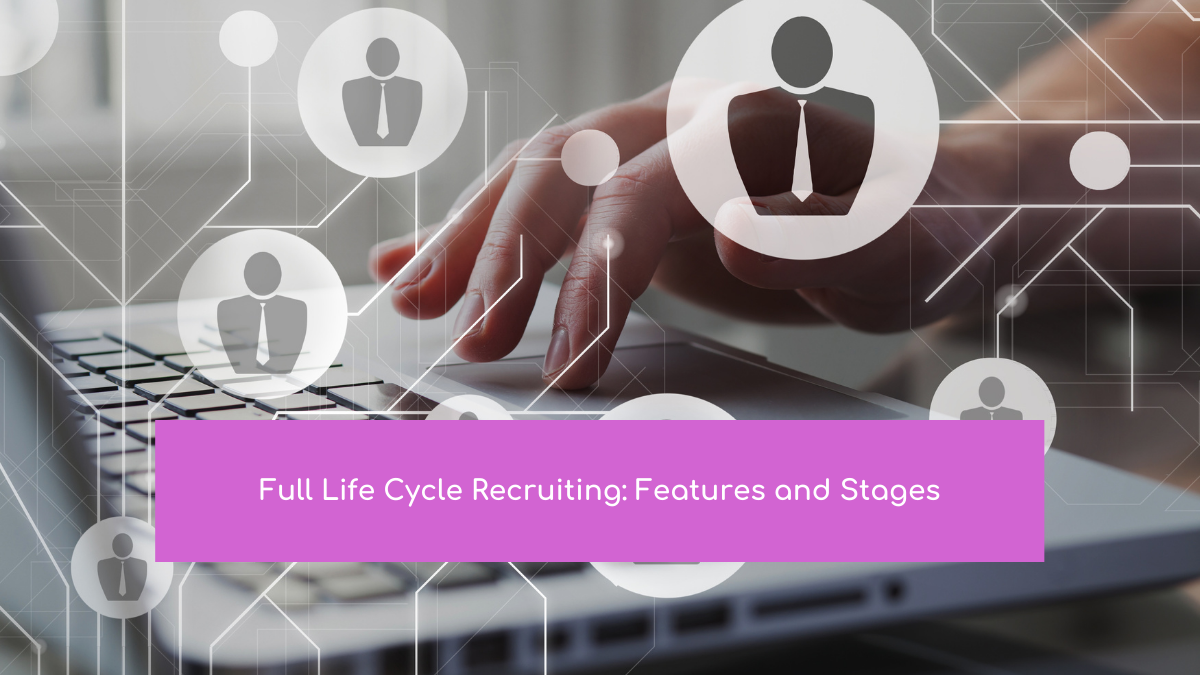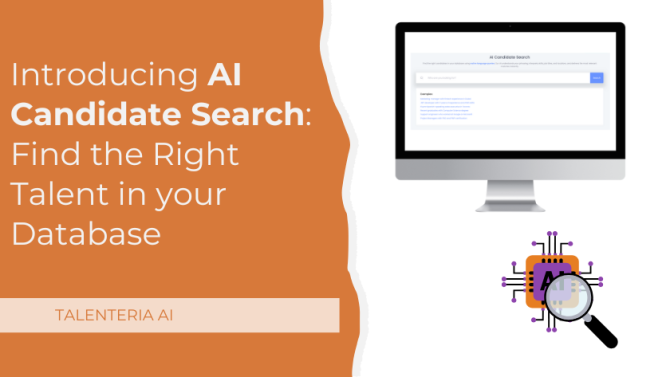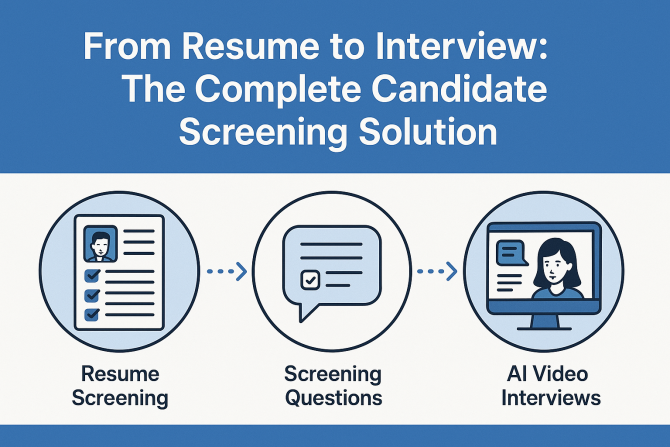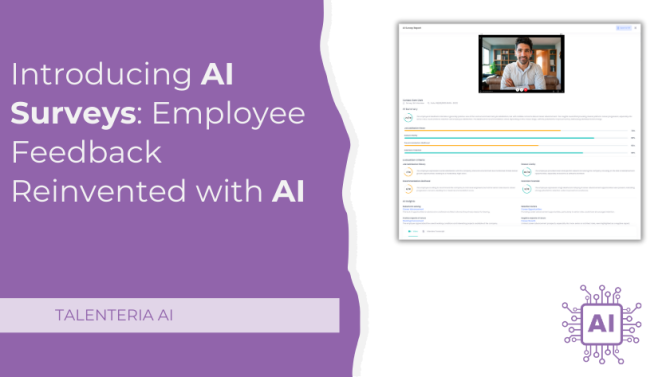
What is Full Life Cycle Recruiting?
Full life cycle recruiting, or end-to-end recruiting as it is sometimes called is a term that describes the recruitment process from its start to finish. In other words, it labels the course of action from defining the need for a new employee to onboarding them.
The specifics of the recruiting lifecycle differ based on the specifics of your company, features of a particular position you’re trying to fill, and on the preferences of the professionals you want to reach. However, there are certain common elements you should know about before getting to the full-cycle recruiting itself. Let’s take a closer look at the main aspects of the process and the best ways to handle it.
Main Features and Specifics of Full Cycle Recruiting
Full cycle recruiting handles the hiring process from its beginning to the end, but there are actually multiple complex stages to get there. While the methods used at each stage may differ, for most companies the main steps remain the same. They are:
- Preparation;
- Job sourcing;
- Applicant screening;
- Candidate selection;
- Employee hiring;
- Onboarding process.
While some stages require more resources and attention than others, at the end of the day each step is mandatory if you want to find the right person for your position.
Who Uses Full Life Cycle Recruiting?
Full-cycle recruiting is used effectively by companies of various specialties and sizes. However, the team working on the process is different.
Small companies and startups usually have a single person that handles the recruitment process as a whole. This full life cycle recruiter has to manage every step of the way, or employ some help from an outside company that specializes in this.
Medium-sized companies usually have a single HR department. In this department, each person or a couple of people are responsible for a separate part of the recruitment life cycle. This makes the hiring process much easily manageable and better controlled.
Large companies often have full departments dedicated to separate recruitment cycle stages. Bigger teams and more resources deliver the best results in terms of applicant turnout, employee qualifications, and their team fit.
The full-cycle recruiting effort is sometimes fully shifted onto the outsourcing companies. This is often done by companies with steady teams that don’t recruit new members very often, therefore do not need a permanent hiring team on the staff.
Full Lifecycle Recruiting Stages
1. Hiring Preparation
Preparation is definitely among the most important steps in the full life cycle recruiting process. Before you start searching for people to fill your position, you need to determine their responsibilities and the skills they need to have. The best way to do that is to create a candidate persona.
The candidate persona is a thorough description of your ideal applicant. Don’t stop at simply describing the desired skills – choose the personality traits, past experiences, and other characteristics that would make a person the best fit for your position and a part of your team. If you’re having a hard time – ask the people that will work with the new employee directly, either as colleagues or as their superior or subordinate.
With that done, you can finally draft the job description you will post. In it, you not only have to describe the person you’re looking for but also make the position attractive to potential applicants. Make sure it is not a simple bullet list, but rather an invitation.
2. Sourcing Candidates
Sourcing is the step you have to take to find and attract talented candidates. There is a variety of different sourcing methods, and to pick the right one you need to know where you can reach the biggest suitable audience.
The simplest sourcing method is to post your job advertisement on one of the many job boards. Unfortunately, in this day and age, most potential candidates are passive, meaning that they don’t actively visit job boards, so the chances for you to find a new employee solely with this method are slim.
Web sourcing is the method that allows reaching both passive and active candidates by finding their personal information through a web search. This method requires a lot of time, as you’d need to hand-pick the right candidates.
One of the popular modern methods of candidate sourcing is social media sourcing. Through social media accounts on LinkedIn, Facebook, Twitter, and others, you can find out a lot about the person and whether they are suitable for the job.
Employee referral programs are also an effective way to source candidates, as you tap into social networks of people in your industry, which increases the chances of finding someone knowledgeable in your field.
3. Screening the Applications
During this step of full lifecycle recruiting, you need to narrow your choice from all the applicants acquired during the previous step to a couple of the best candidates for the job. To do this, you need to review each resume and application letter to determine, whether the person is suitable for the position. If you’re not certain about some of the candidates, you can conduct pre-interviews by phone or through text.
Depending on the number of applicants, this step might take a lot of time, as everything needs to be reviewed thoroughly to make the right decision. Just don’t back down and be meticulous, your perfect candidate might be the last person on your list.
4. Selecting the Contenders
Now it’s time to narrow down your choice from a couple of the best contenders to the one person that you want to get the job. This choice is the most critical and important in the recruitment cycle, so be careful about it.
Depending on the job, there are various steps you can take at this stage. The most obvious one is the face-to-face interview, preferably with the presence of someone the person will work with. You can also conduct various tests, custom assignments, even up to psychological tests and background checks.
5. Hiring the Candidate
After you determine the person you want to work with, it’s time to make your decision known to them and make them an offer. The best practice is to do it through a phone call to establish a personal connection at the early stages.
Along with a phone call, you need to provide a letter with a thorough description of the position, the coverage you provide, all the possible benefits and bonuses. This point might include the negotiation process, so don’t be antagonized if your offer is not accepted right away.
6. Onboarding Process
The full life cycle recruiting process doesn’t actually end with hiring an employee. Making sure the person fits into the team and can perform their job well is an important part of the cycle. It would be devastating if all the effort you’ve put into the previous stages was undone in a moment.
Start by introducing the team and its new member. Next, organize team activities to encourage cooperation. Employee training is another important part of the onboarding process. Make sure that all questions get answered and there is a support system for the employee to refer to.
Whatever part of full life cycle recruiting you need help with – Talenteria does that.





